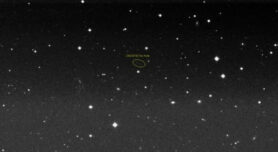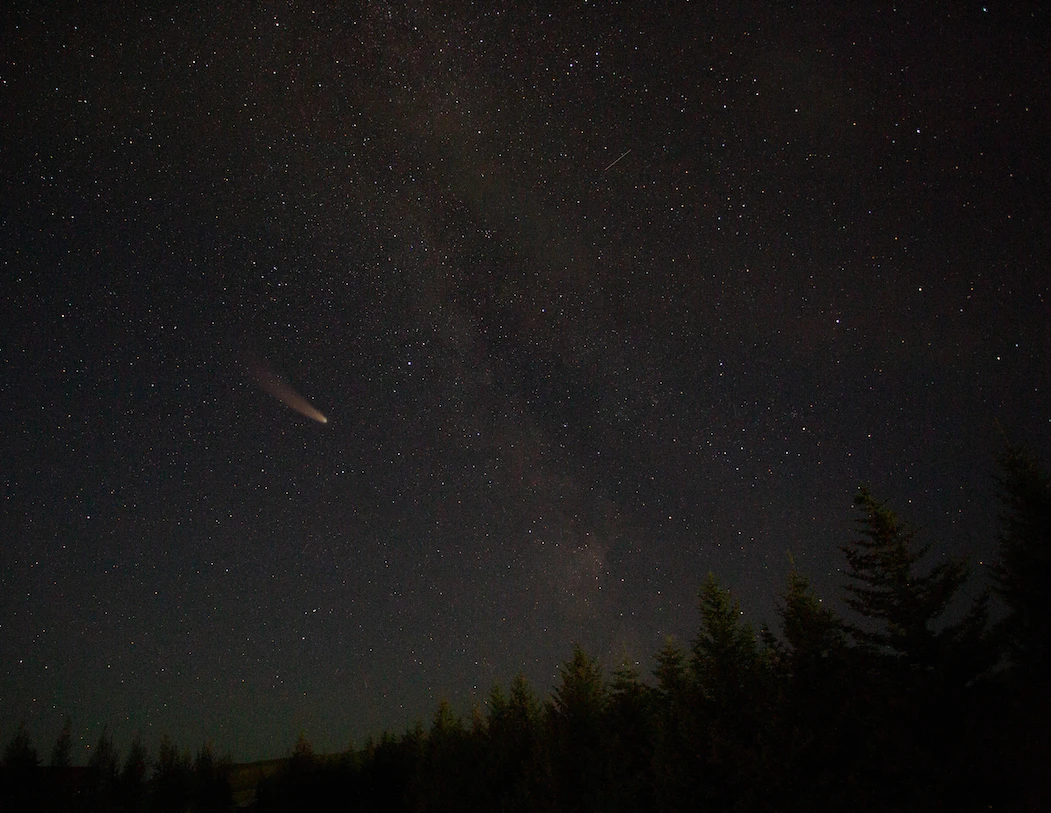News
Asteroid ten Kate (563318)
Asteroid (563318) = 2016 CD144 is known as (563318) ten Kate external link, after planetary scientist and astrobiologist Inge Loes ten Kate external link(Faculty of Geosciences). The name is a just acknowledgment of the interdisciplinary nature of her scientific activities, which is also evident from her career: from aerospace engineering via astronomy to geosciences/planetary sciences.

Asteroid (563318) ten Kate was discovered exactly 7 years ago today by Krisztián Sárneczky and Marco Langbroek with the 60-cm Schmidt telescope of the Piszkéstető Observatory (MPC 461) on a mountaintop in the Matra mountains of Hungary. The asteroid is part of the asteroid belt between Mars and Jupiter, circles the sun in 4.6 years and is somewhere between 0.9 and 2.1 km in size.
The initiative for the name came from the discoverers. Their proposal was accepted by the Working Group on Small Body Nomenclature of the International Astronomical Union (IAU), the organization that deals with the naming of astronomical objects, among other things.
Ten Kate is classified as a potentially hazardous asteroid (PHA) due to its close approach to Earth and its relatively large size. The asteroid regularly makes close approaches to Earth, with the closest being 0.042 astronomical units (AU), or 6.2 million kilometers, in 2029. The study of such near-Earth asteroids is important for understanding the potential threat they may pose to our planet, as well as for gaining insights into the early solar system and the formation of planets. By observing and analyzing their properties, astronomers can learn more about their composition, structure, and origin, which can help us better understand the history of our solar system.
On the NASA website you can look at the asteroid in relation to other planets in our solar system.


